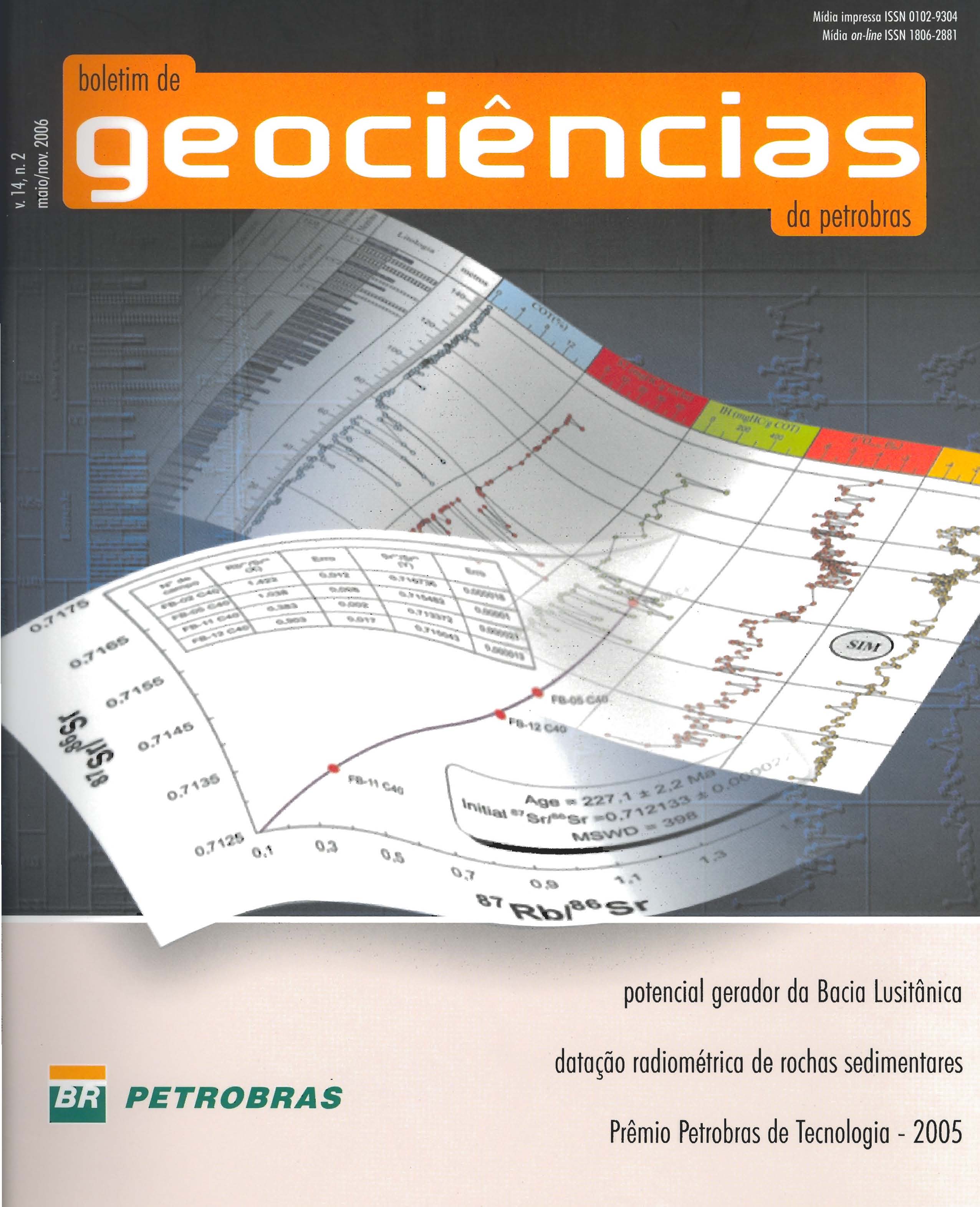Multi-resolution adaptive triangulations for heterogeneous objects
Keywords:
volumetric meshes, multi-resolution, numerical simulationsAbstract
This paper presents a method for generating multi-resolution triangulations of non-manifold 3D objects composed by several regions with arbitrary geometry. Our target application comes from Geosciences in which geological models for instance are often composed by several regions (forming geological layers), and have an irregular geometry, with surfaces that meet at very small angles (pinch-out). The goal is to generate meshes without bad elements that are able to support deformations and that can be used in numerical simulations. The algorithm has two main steps. In the first step, a grid is adaptively created over the object in order to subdivide the surrounding space. The second step shapes the vertices of the grid to the boundary of the object using a compression scheme, while trying to maintain well shaped elements. Springs are placed on each tetrahedron to prevent them from collapsing and to restrain vertices movements. The final triangulation usually has no degenerated triangles and provides an approximation of the boundary based on a selected resolution.
Prêmio PETROBRAS DE TECNOLOGIA Edição 2005
Downloads
Published
Issue
Section
License
This license enables reusers to distribute, remix, adapt, and build upon the material in any medium or format, so long as attribution is given to the creator. The license allows for commercial use.



